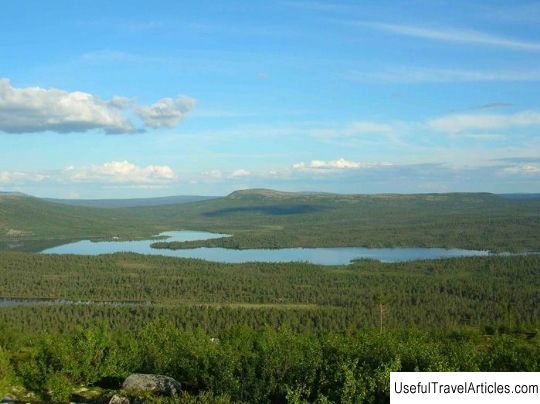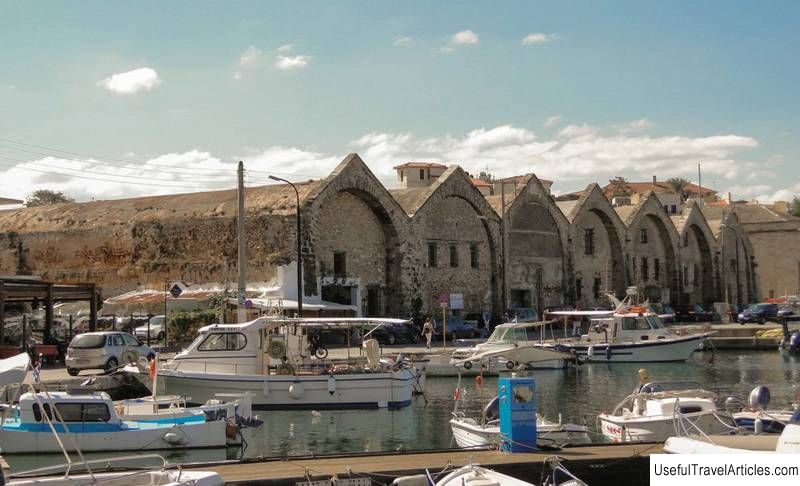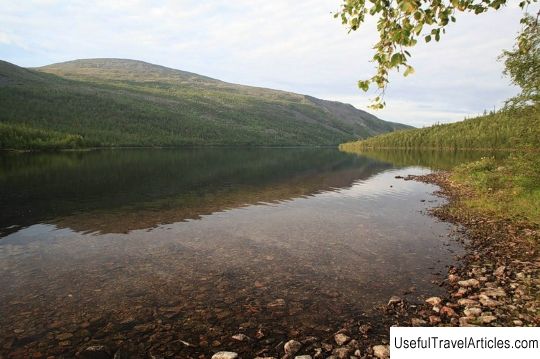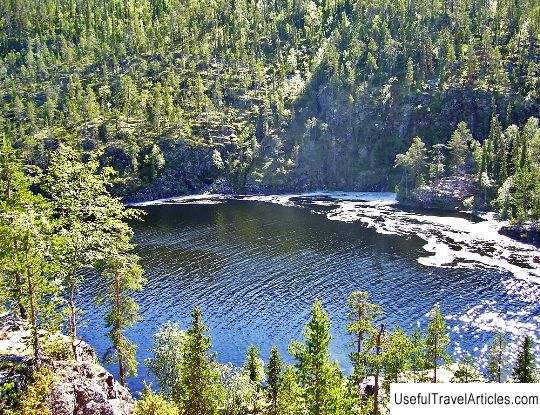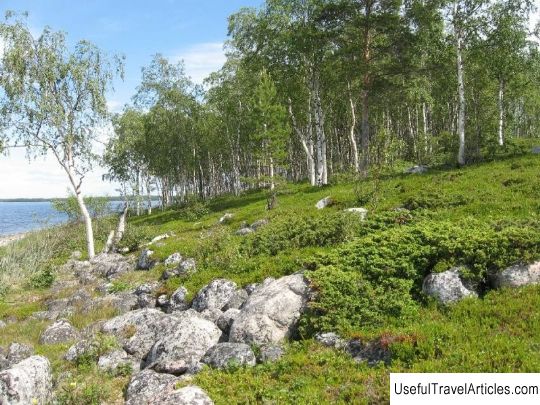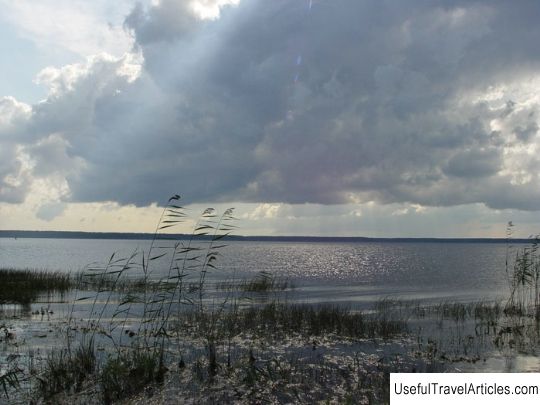Pasvik State Nature Reserve description and photos - Russia - North-West: Murmansk Oblast
Rating: 8,8/10 (1243 votes) Pasvik State Nature Reserve description and photos - Russia - Northwest: Murmansk Oblast. Detailed information about the attraction. Description, photos and a map showing the nearest significant objects. Photo and descriptionPasvik is an international nature reserve located in Norway, as well as in the Murmansk region of the Pechenga region, on an area of about 16.64 thousand hectares. The territorial zone of the reserve runs along the coast of the Pasvik river on both sides of the state border of Norway and Russia. The relief of the territorial zone of the reserve is structural and denudation. It was formed as a result of the destruction of the mountains. Mount Kalkupya became the ostants' upland, which has flat depressions located between small outliers. The northern part of the reserve is occupied by a sea plain with extensive areas of bogs of various types. The largest part of the lake basins is of glacial-tectonic and glacial origin. The Pasvik river bed is of tectonic origin. It is worth noting that Quaternary deposits occupy almost the entire protected area, and in some places their thickness can reach up to 30 meters. The most common type of this kind of sediments are marine sediments and moraine. As for the climatic conditions of the reserve, the climate here is subarctic, with the coldest month being February, and the warmest - July. In winter, thaws are frequent, and in summer there are invasions of arctic cold air masses, and even frosts are possible at night. Already in September, the first snow falls on this territory, and the snow cover lasts for 180-200 days. The period of the most favorable, frost-free weather lasts 80-90 days. The protected area is located in the middle reaches of the river; the water area is 3224 hectares or 20% of the entire territory. There are seven hydroelectric power plants on the Pasvik river. A huge number of small streams flow into the river. The Menikkajoki River flows in the north of the reserve. The rivers are fed mainly by underground or rain inflows. On the reserved watershed, the lakes occupy the largest part of the territory located in the northern part of Pasvik. Most of the lakes are predominantly shallow and have peaty, sandy or muddy shores. Many lakes can be seen among the numerous mountain basins. One of the largest lakes in the reserve is Lake Kasmajarvi, which is of glacial-tectonic origin. Located in the central part of the territory, its runoff flows into the Pasvik river. The total area of this lake is 1.28% of the Pasvik protected area, the maximum depth was recorded at 20 meters. The shores of Lake Kasmajarvi are especially rocky. Taking into account the state of the soils of the Pasvik reserve, the following species can be found on this territory: boggy, podzolic, bog-podzolic, soddy. The most widespread type of soils are thin ferruginous illuvial humus and ferruginous illuvial podzols. The least widespread are soils of bog-podzolic and bog types. Sod soils are also not widespread and are mostly represented by birch forests in the places of previously existing Finnish settlements. In the most elevated areas, there are dwarf tundra soils, which are characterized by relative primitiveness according to their morphological structure. This type of soil is caused by increased levels of moisture in the upper horizons, as well as by the presence of upward currents of earth solutions, which always leads to concentration in the upper horizons. The largest part of the Pasvik territory is “absorbed” by pine forests, most of which are primary ... Pine shrubs can often be seen. Lingonberries, blueberries and wild rosemary are found here. Downy birch grows on the plains of the reserve; besides, you can often find its hybrids. Lichen tundras are represented by alektoria, cladonia and cetraria. 35 species of mammals have been recorded in the protected area: vole, muskrat, shrew, elk, bear, wolverine, lynx, fox, hare, squirrel, ermine, pine marten and many others. Many animals are listed in the Red Book.        We also recommend reading Krasici description and photos - Montenegro: Herceg Novi Topic: Pasvik State Nature Reserve description and photos - Russia - North-West: Murmansk Oblast. |
